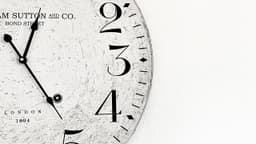Unraveling the Mystery of ERP: A Creative Journey into Enterprise Resource Planning
Enterprise Resource Planning (ERP) is a vital tool for businesses. It helps synchronize various operations into a cohesive unit.
What is ERP?
ERP is a comprehensive software system that integrates all facets of a company's operations into one platform. It oversees departments like finance, human resources, and supply chain. By centralizing data and processes, ERP eliminates silos and enhances collaboration.
The Benefits of ERP
ERP provides many benefits, improving business performance significantly. Key advantages include:
- Improved visibility: Real-time data insights allow for quick, informed decision-making.
- Cost savings: ERP streamlines processes and reduces manual errors, thereby enhancing productivity.
- Enhanced scalability: ERP adapts to business growth and evolution. Its modular design allows for customization to meet specific needs.
ERP in Action
Consider a manufacturing company producing furniture. Each department—finance, supply chain, production, and sales—plays a crucial role. Without ERP, these departments might operate separately, leading to inefficiencies.
With ERP, all functions work together seamlessly. The finance team accesses real-time production data for budgeting. The supply chain adjusts inventory based on demand forecasts. This synchronization improves productivity and customer satisfaction.
Key Players in the ERP Landscape
Several companies lead in the ERP market. Names like SAP, Oracle, and Microsoft provide robust ERP solutions. Their software helps businesses achieve operational excellence.
Embracing the ERP Symphony
As businesses adapt to the changing commercial landscape, ERP becomes a key tool for efficiency and growth. Implementing ERP transforms separate processes into a cohesive system.
ERP connects data, processes, and people, creating a successful business environment. It stands as a conductor of modern enterprises.












